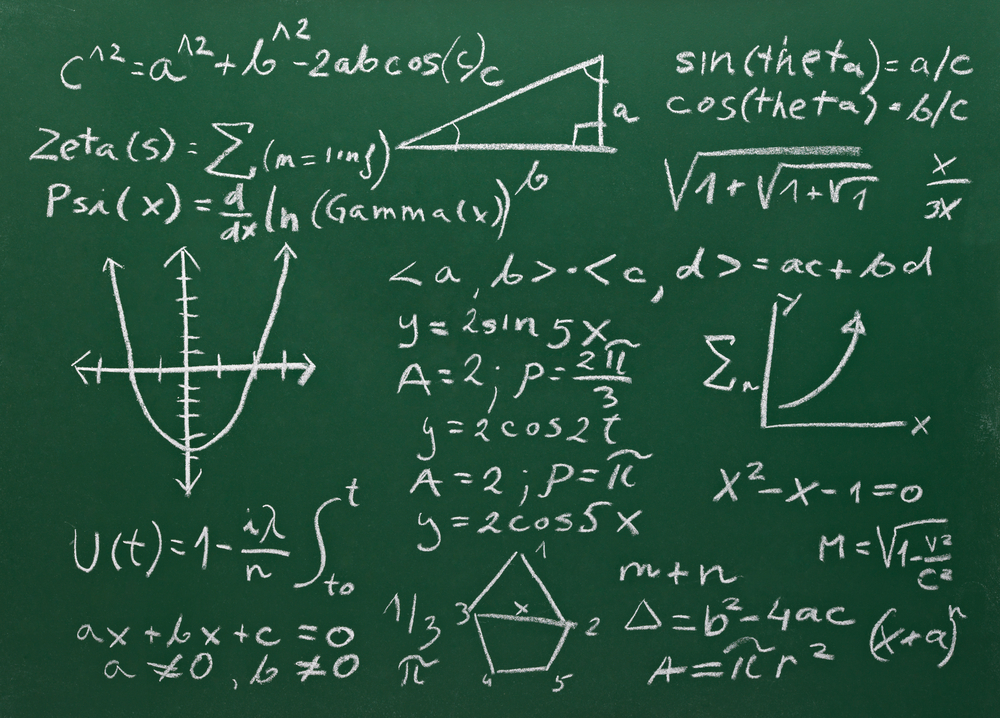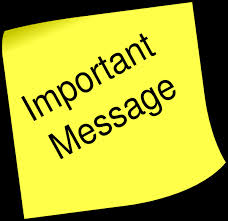The Digital SAT’s Math: Taking a Glance at What’s Changing

In spring 2024, high school students will tackle a new, digital version of the SAT. As the date approaches, the College Board will release practice materials to show students what to expect. But already, the organization has released test specifications and sample questions that reveal design and content changes. With this information, we can guide you through an overview of the test. Today, we will review what students can expect to see when facing the Math section of the test.
What Math Will the Test Expect Students to Know?
Materials released thus far suggest that the digital SAT’s math section will test much the same content as its current paper-and-pencil counterpart. . The section will remain primarily focused on algebra, ranging from system of equations to functions, accompanied by some basic geometry, with a focus on triangles, circles, and trigonometry. Almost all the topics are ones high school students learn in their sophomore and junior years.
The SAT tends to present math concepts in real-world situations. Ratios and proportions, for example, might be tested in questions that deal with a company’s income or a recipe's portions. Students will be expected to understand exponential change (such as with interest rates) and linear variation (such as in net income). Once students learn which scenarios typically appear with certain mathematical approaches, these questions become far more predictable.
Students will still need to perform unit conversions and calculate linear and exponential rates of change. They will also need to make conclusions based on graphical or tabular data. For instance, the SAT may ask for a logical conclusion based on a survey that resulted in an average value.
The SAT also presents “Advanced Math,” which includes problems testing concepts such as absolute value, irrational numbers, quadratics, and radicals. These topics still fall under the umbrella of algebra and remain concepts that students usually learn in their sophomore or junior years. Note, too, that the “advanced” designation can be misleading, as it does not always suggest a more difficult question.
Currently, the SAT tests a narrower breadth of math concepts than its competitor, the ACT. It appears this will hold true for the digital SAT. This can be to students’ advantage: even if they feel the SAT math is more challenging, it becomes easier to predict than the ACT’s wider-ranging set of possible topics.
What is Changing?
Whenever the format of the SAT changes, it’s important to understand that until the College Board releases a full sample test there is no guarantee that all changes apparent in the preliminary materials are official. However, thanks to the material the College Board has released, Method Learning has a solid understanding of the test’s main developments. I took the time to discuss the digital test with current juniors and seniors, as I was curious to learn what they felt about the differences. They consistently pointed to two changes they believe will affect performance the most.
The first change concerns the use of a calculator. Currently, the test features a twenty-question math section on which a calculator cannot be used. This No Calculator segment alarms many students when they first encounter the SAT, compelling some to take the ACT simply to avoid the section. In allowing calculators on all math portions of the digital SAT, the College Board appears aware that the lack of a calculator for an entire section was cause for consternation. The majority of students I spoke to approve of this development, but a few—and I happen to agree with them—point to the fact that the No Calculator section is highly predictable. In fact, some No Calculator sections are so similar that my students believe they’ve seen one that was, in fact, brand new to them. So, while this change appears attractive, it may not be the boon students initially believe.
The second noteworthy change concerns technology: the math is now done on a screen since it is a digital test. Students do have plenty of screen experience, but working through on-screen math questions presents a different experience, especially for students who prefer to physically mark up problems. For some, the move to a screen will be an adjustment, and they may need to try different methods before settling on the one that allows them to maximize their points. Earlier preparation for the SAT may be necessary for those who feel uncomfortable with the format. Students may need to redraw figures or diagrams on the scrap paper provided.
Other changes will come. Like all other people, the test writers have preferences for certain topics, and those preferences can change over time. One need only look at the SAT as it was in March 2016 and compare it to more recent exams to see that there have been significant shifts in focus. Yet, these small shifts should not matter to a student who has prepared responsibly and taken time to understand the concepts listed above.
Sample Question
Let’s take a moment to look at a typical SAT question and discuss the best way to solve it.
A high school senior class takes a graduation trip to New York City. 40% of the class opts to visit the Museum of Natural History. Of that 40%, 70% decide to attend a baseball game at Yankee Stadium the following day. What percent of the entire high school senior class went to the game at Yankee Stadium?
A) 40%
B) 38%
C) 28%
D) 15%
Answer: C
There are two ways to solve this question. The first method would be to view it algebraically. There are X students total and of X students, 40% go to the museum. This would be represented by 0.40X. Then, 70% of 0.40X go to the baseball game. At this point, the equation would look like 0.70(0.40X). The result is 0.28X. In other words, 28% of X.
However, another strategy can be used if students do not want to deal with a variable: plugging in a number. Since the question deals with percentages without giving an initial total, students can pick a number of their own. I would plug in 100 as the initial number (100 is an excellent number to work with when it comes to percentages). 40% of 100 is 40. Then, I would find 70% of 40 by multiplying 40 by 0.70. The result is 28. Since our initial number was 100, 28 would be 28% of 100. Learning when to plug in a number of your own choosing can be a helpful skill, and it is one that has been useful on every iteration of the test.
Also of note is that the question concerns percentages. In my experience, students undermine themselves when percentages appear; far too many test takers believe they do not know percentages as well as they do. This points to the importance of preparation: students who are better prepared come with confidence that prevents them from questioning their own abilities.
The Takeaway
The new Math section will not reinvent the wheel when it comes to question concepts. Many of the released questions look similar to questions found on the current test. The delivery of the test itself in a digital format, though, will be a seismic change, one that may require students to prepare earlier. There are undoubtedly some students for whom this change will be positive. I have spoken with students who love virtual learning, and I would wager they will like the digital test more than the paper and pencil version. However, for students who did not take to virtual learning during the pandemic, the new test’s format may require more intensive work prior to the test than the current version does.


